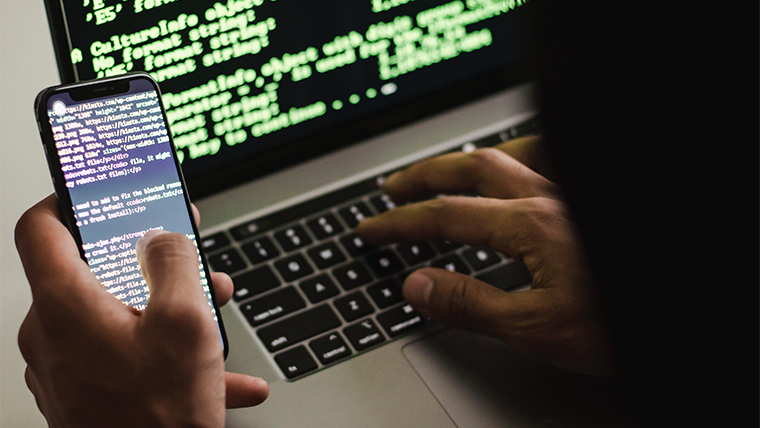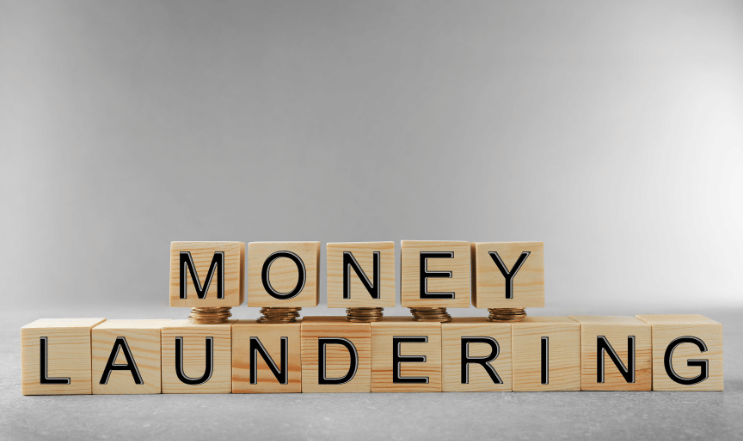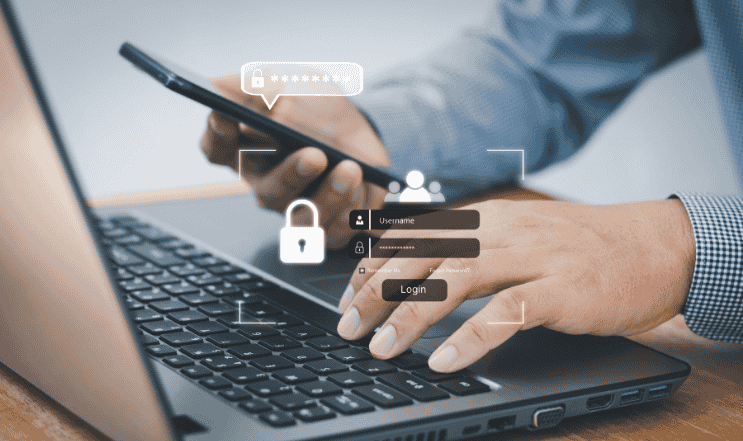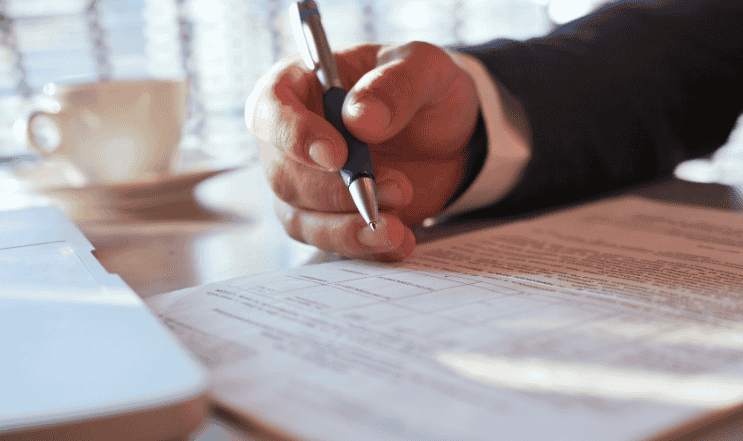
| 

Fraud online has been a concern for some time, but the safeguarding measures in place nowadays are more complex and robust than those of the past. However, to understand the true value of the technology, it is essential to know how it works.
The following is an overview of a liveness check and how it helps companies and organisations promote anti-spoofing and protect their customers.
What is a Liveness Check?
In layman’s terms, a liveness check is a form of identity checking that uses a camera to assess the person is who they say they are. Although many assume this is only the camera at work, there is biometrics in place that verify whether the real-time check matches that of documents submitted.
What Is Anti-Spoofing?
When spoofing a person, a fraudster will aim to build a profile based on a real person’s information. However, the person will have no knowledge their profile is being used to apply for credit or make purchases, making it a spoof account.
How Are Documents Verified?
Although a liveness check can identify a genuine person, some may be concerned about the documentation. Fortunately, the reviews in place regarding document verification are as rigid as the liveness check.
Again, biometrics are used that can scan a document and reveal whether it is fake or genuine within seconds. Those using false documentation to open accounts or make purchases will find the process is stopped immediately.
What Other Steps Are Taken Regarding Liveness Checks?
Liveness checks can be carried out in a variety of ways. Although there will be instances when a selfie is all that is needed, others may need to take several photographs.
For example, a 3D liveness check will take a series of photographs and videos in real-time, meaning biometrics cannot be manipulated using deep fake technology. Similarly, other forms of liveness checks will have users carry out several motions before an application is accepted.
In addition to biometric checks, applications will also monitor the IP addresses of applicants, asking for more authorisation if the location of the device does not match the applicant’s details.
Some people can be concerned that a VPN can be used to replicate a person’s information, but the advanced algorithms used also mean that virtual private networks can be identified and will halt the process until the genuine IP is revealed.
As with many algorithms and biometrics, the system becomes more advanced over time, meaning very few people will be sure of how checks are made, meaning it is difficult for fraudsters to beat.
Those offering liveness checks are so confident in the software some programs offer users a payout if they can manipulate liveness checks. In instances where liveness checks can be spoofed, additional work will be carried out to ensure security is tight in every instance.


